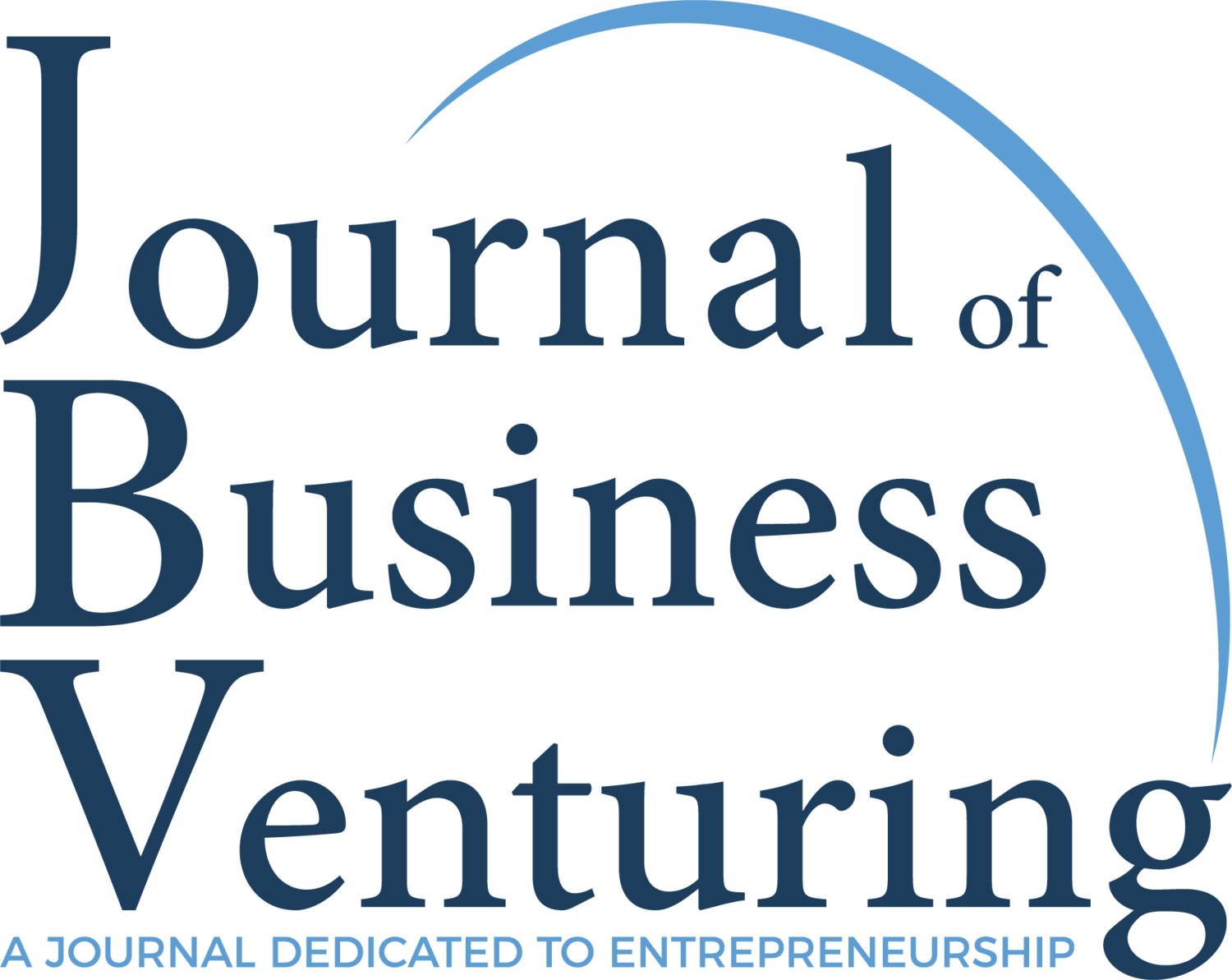What factors determine the amount of funding raised in ICOs?
Research Paper Title:
“Initial coin offerings (ICOs) to finance new ventures”
Author:
Christian Fisch (Trier University and Erasmus University Rotterdam)
Background:
The number of initial coin offerings and the amount raised in the past few years has exploded. These new digital assets allow for trustless and efficient means for carrying out financial transactions on distributed ledger technology (DLT) however they also bring increased risk of fraud and manipulation. ICOs are described as high-risk investments because ventures are typically in early stages and the tokens often do not have any real-world usage at the time of the ICO. The cryptocurrency market is known for being volatile. For example, the Dfinity Foundation held an initial coin offering that valued its token, known as ICP, at tens of billions of dollars in market cap. Its valuation is very different now after ICP lost more than 90% of value. ICP’s fall was one of the most substantial among the top 100 cryptocurrencies. Little is known about the dynamics of ICOs, so this study assesses the determinants of the amount raised in ICOs. Identifying and understanding the influence of these factors reduces the considerable uncertainty that investors face in ICOs and enables more informed investment decision-making. The results of this study also provide additional insights for policy makers interested in regulating ICOs.
Methodology:
Sample: ICOs carried out between 2016 and 2018
Sample Size: 423
Analytical Approach: Multivariate regression analysis
Proposition:
The future success of ICO ventures depends on their technological capabilities. Therefore, higher technological capabilities may correspond to higher quality in ICOs and ventures with higher technological capabilities should have a profound interest in signaling these capabilities to potential investors in order to obtain higher amounts of funding. In the ICO context, patents, technical white papers, and high quality source code function as effective signals of a venture’s underlying technological capabilities and reduce information asymmetry between ventures and potential investors.
Results:
Patents do not have a significant influence the amount raised. While patents are the most common signal of technological capabilities in previous entrepreneurial finance research, they do not seem to constitute an effective signal in the context of ICOs.
Having a technical white paper strongly influences the amount raised.
Source code quality has a significant impact on the amount of funding raised. An increase in the amount of defect fixes corresponds to an increase in the amount raised.
Conclusion:
There are several findings that contribute to the entrepreneurial finance literature. In this study there were several control variables that are applicable in the ICO context and they were measured for their influence on the amount of funding raised. Patents do not seem to constitute an effective signal in the ICO context. This finding is surprising and in contrast to prior research in entrepreneurial finance. The results indicate that ICO ventures may not consider patents to be an important part of their strategy when raising funds because patents are used so rarely by these ventures. A technical white paper may be an effective signal in ICOs in contrast to patents. To some extent, technical white papers may constitute a substitute for patents in the specific context of ICOs. Lastly, a high-quality source code is associated with an increased amount of funding. While most investors may not understand the detailed technicalities of source code, GitHub presents multiple aggregate metrics that can help investors determine the venture’s underlying technological capabilities. From an investor’s perspective, the high level of risk in ICOs can be reduced by carefully evaluating several characteristics. DLT ventures should make sure to communicate their technological capabilities in a white paper while balancing the tradeoff of allowing their competitors to potentially imitate their technology.


